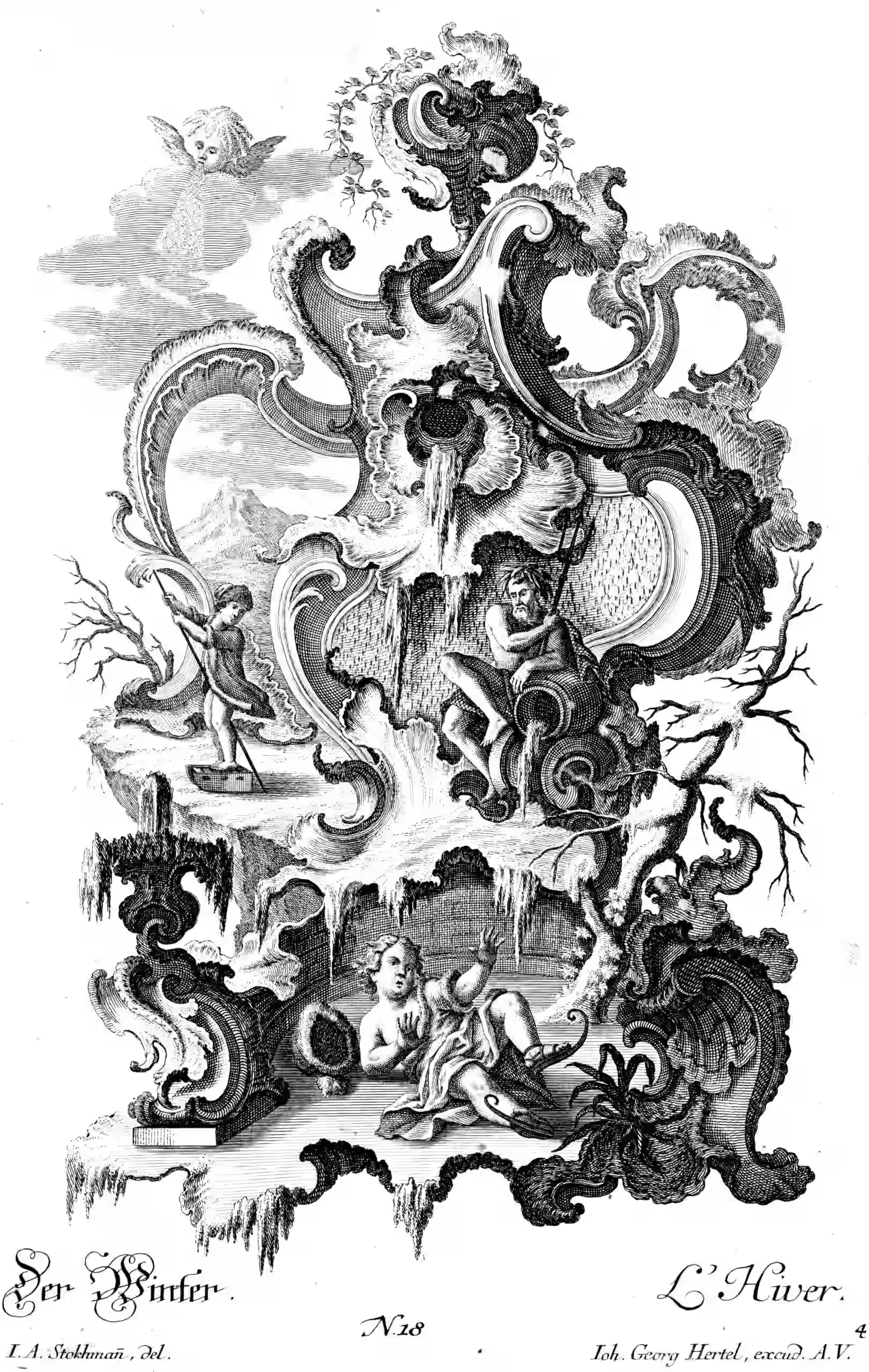Simulating climate
2020-04-02 — 2024-08-13
Wherein climate simulations are described, with machine learning applied to atmospheric, oceanic, and glacial processes, an instructed glacier model is cited, and open datasets and resources are catalogued.
calculus
climate
dynamical systems
geometry
how do science
machine learning
neural nets
PDEs
physics
regression
sciml
SDEs
signal processing
statistics
statmech
stochastic processes
surrogate
time series
uncertainty
wonk
1 ML-enhanced
See climate+ML.
2 Oceans
See oceanography.
3 Atmosphere
See atmospheric science.
4 Ice
jouvetg/igm: Instructed Glacier Model (IGM) (Jouvet and Cordonnier 2023).
5 Incoming
6 References
Finn, Geppert, and Ament. 2021. “Ensemble-Based Data Assimilation of Atmospheric Boundary Layerobservations Improves the Soil Moisture Analysis.” Preprint.
Jouvet, and Cordonnier. 2023. “Ice-Flow Model Emulator Based on Physics-Informed Deep Learning.” Journal of Glaciology.
Kitsios, Frederiksen, and O’Kane. 2023. “Subgrid Parameterization of Eddy, Meanfield and Topographic Interactions in Simulations of an Idealized Antarctic Circumpolar Current.” Journal of Advances in Modeling Earth Systems.
Miyoshi, Amemiya, Otsuka, et al. 2023. “Big Data Assimilation: Real-Time 30-Second-Refresh Heavy Rain Forecast Using Fugaku During Tokyo Olympics and Paralympics.” In Proceedings of the International Conference for High Performance Computing, Networking, Storage and Analysis. SC ’23.
Miyoshi, and Sun. 2022. “Control simulation experiment with Lorenz’s butterfly attractor.” Nonlinear Processes in Geophysics.
O’Kane, Sandery, Kitsios, Sakov, Chamberlain, Collier, et al. 2021. “CAFE60v1: A 60-Year Large Ensemble Climate Reanalysis. Part I: System Design, Model Configuration and Data Assimilation.” Journal of Climate.
O’Kane, Sandery, Kitsios, Sakov, Chamberlain, Squire, et al. 2021. “CAFE60v1: A 60-Year Large Ensemble Climate Reanalysis. Part II: Evaluation.” Journal of Climate.
Sandery, O’Kane, Kitsios, et al. 2020. “Climate Model State Estimation Using Variants of EnKF Coupled Data Assimilation.” Monthly Weather Review.
Schiermeier. 2018. “Droughts, Heatwaves and Floods: How to Tell When Climate Change Is to Blame.” Nature.
Sun, Miyoshi, and Richard. 2023. “Control simulation experiments of extreme events with the Lorenz-96 model.” Nonlinear Processes in Geophysics.
Zammit-Mangion, Bertolacci, Fisher, et al. 2021. “WOMBAT v1.0: A fully Bayesian global flux-inversion framework.” Geoscientific Model Development Discussions.


